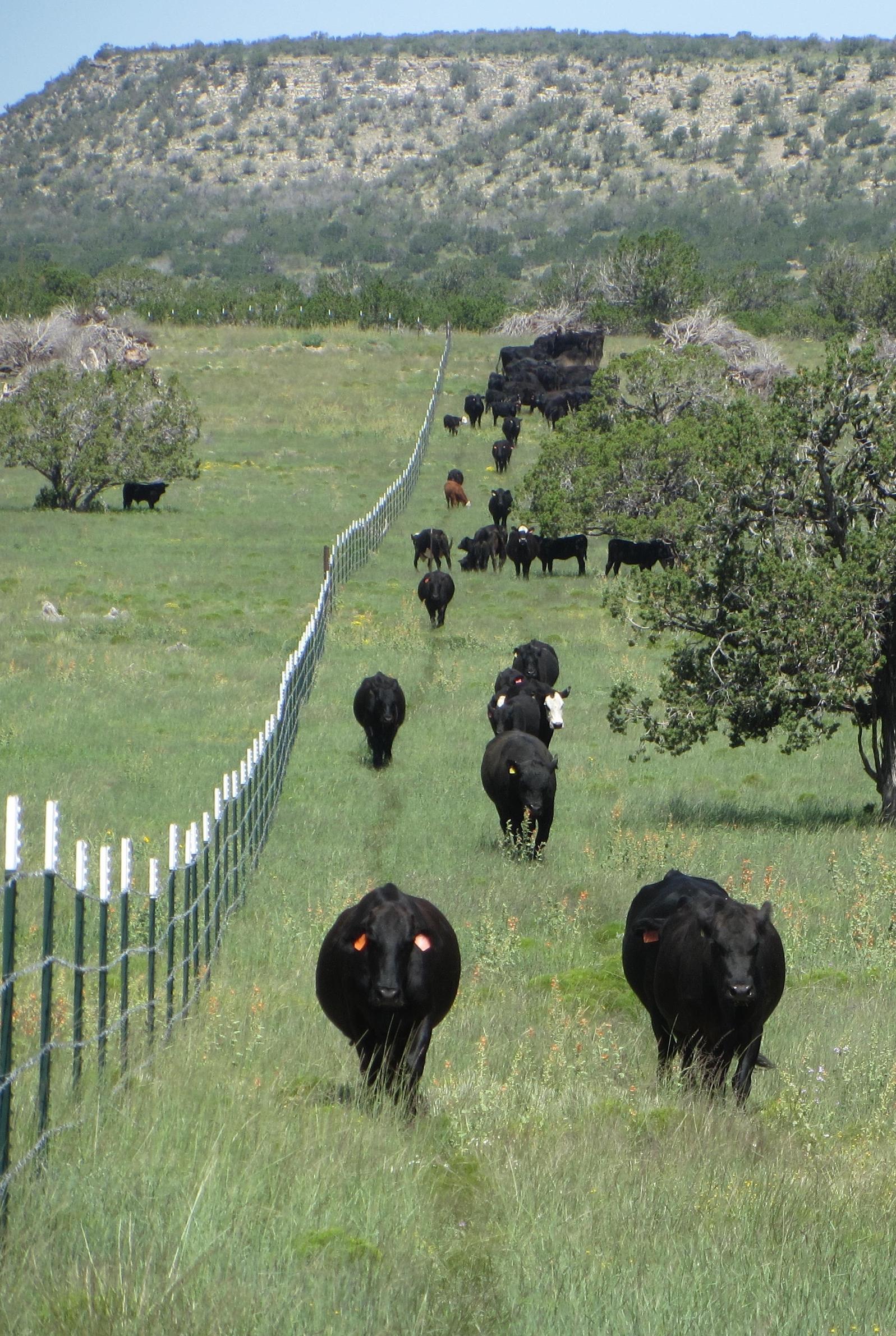Audubon: Nancy Ranney: A Conservation Ranching Perspective for Birds and Beef
by Nancy Ranney
“It should not be surprising that ranchers and environmentalists are working together.”
Land health has been my foremost interest from a childhood on a horse to work in environmental planning to assuming the management of our family ranch in New Mexico in 2002. I was initially intrigued by the Audubon Conservation Ranching Program for its dual potential to inspire Western land managers to adopt healthy grazing management practices and to offer a market-based solution critical to the survival of family ranching operations. The possibility of connecting different communities and interest groups also appealed to me as well as the opportunity to dispel some widely-held misconceptions about ranching in the West, in particular, about the role of livestock in the environment. And, of course, I was interested in expanding our own grassfed beef market; it seemed possible that an Audubon certification might help us in that regard.
It struck me as perceptive that Audubon, in researching the declining numbers of grassland bird species, had recognized that 85% of North American grasslands are held privately, hence their goal of incentivizing private landowners to manage grasslands in a manner beneficial to grassland birds. Audubon recognized that the grazing management techniques we have followed and documented at the Ranney Ranch since 2003, based on rotational/adaptive multi-paddock grazing and informed by holistic management practices, had fostered the return of the healthy grasslands they were looking for. Hence, we were a natural fit for their pilot ranch in New Mexico.
My work with Audubon over the past year (ably assisted by our long-time ranch manager, Melvin Johnson), in addition to completing certification for the Ranney Ranch, has been twofold: to simplify and streamline the requirements of the rigorous Audubon certification process (currently administered by Food Alliance) so that other ranchers might find it accessible and to test the market for Audubon certified beef.
Both tasks are challenging. It is my hope that Audubon members will recognize that their food dollars have a direct impact on the landscapes and wildlife that they wish to preserve. It should not be surprising that ranchers and environmentalists are working together. Both communities care deeply about the land, its beauty, its ecologic health and its economic productivity. It is increasingly clear that the health of our soil and grasslands which is fundamental to successful rangeland cattle operations is also key to sustainable natural communities of mammals, insects and grassland birds. It is under-recognized that grazing animals, well-managed, are vital to the health of grassland ecosystems; their hooves aerate the soil and increase water infiltration, their manure fertilizes the soil, their grazing stimulates the growth of grasses; methane and soil carbon generated by planned grazing are part of a healthy cycle of bacterial and fungal soil enrichment. The Quivira Coalition, founded in 1997 to bring ranchers and environmentalists together around their shared commitment to land health, has helped me frame my own approach to land NR Statement for Audubon Conservation Ranching Program February 2018 management and has introduced me to many dedicated land managers and professionals working to improve our Western landscapes.
My inspiration has been the stunning improvement in grassland biodiversity over the fifteen years we have managed our ranch in this manner. As indicator, our native grassland species (without any reseeding) have increased from a count of five in 2003 to over forty-five in 2015. We have also observed increased numbers of species of soil microorganisms, insects, butterflies, bats and grassland birds. It has been a joy to bring students, land managers, native plant enthusiasts and birders to the ranch and to observe their enthusiasm.
My hope is that the Audubon initiative, in addition to improving habitat for grassland birds, will inform the public of the potential for well-managed grazing operations to benefit our health and welfare, including fostering resilient landscapes, mitigating climate change and improving rural economies. And I continue to hope that the Conservation Ranching Program will encourage more widespread adoption of regenerative grazing management techniques by offering the incentive of expanded markets to small and medium scale ranching operations throughout the West.
Nancy Ranney
